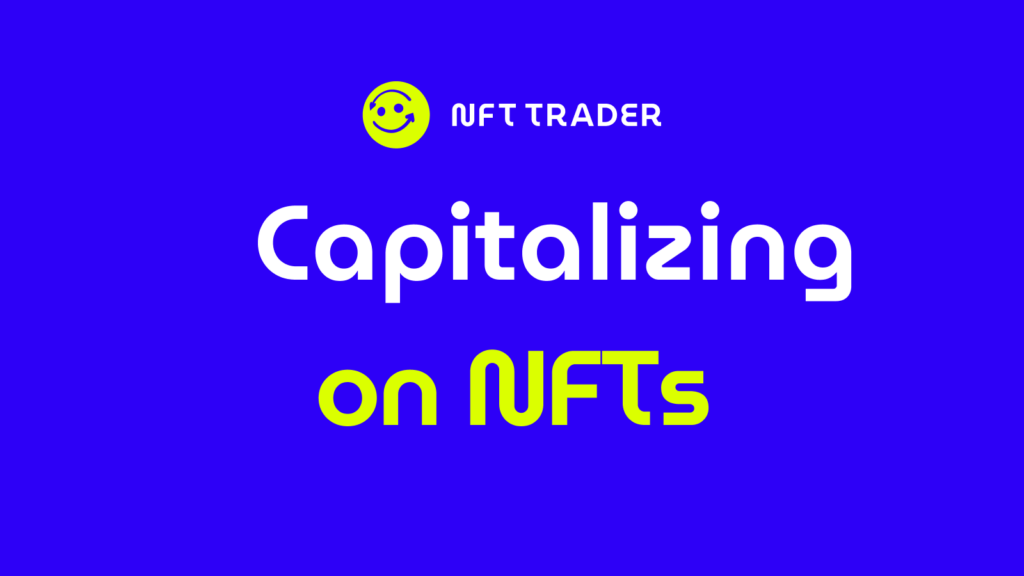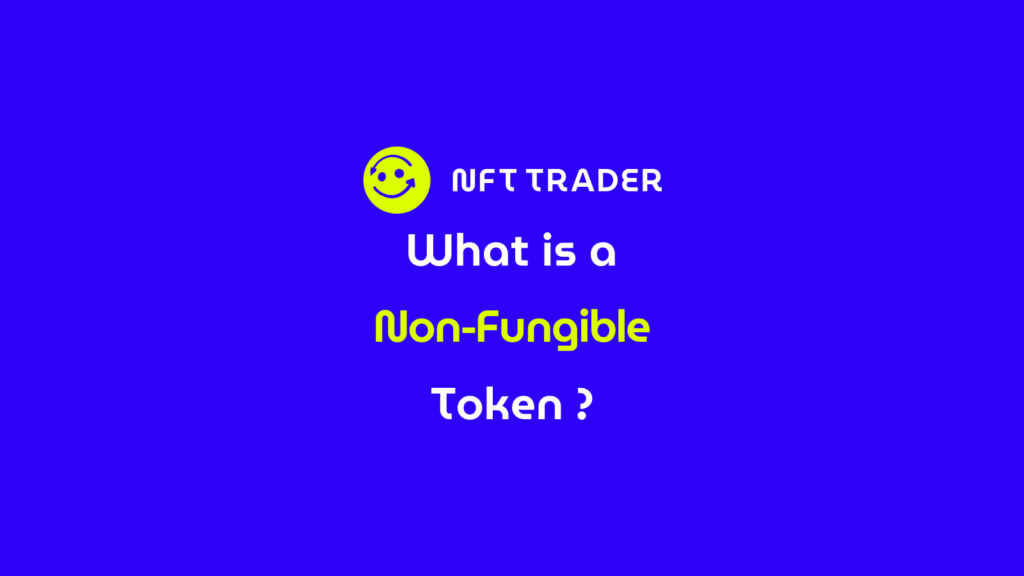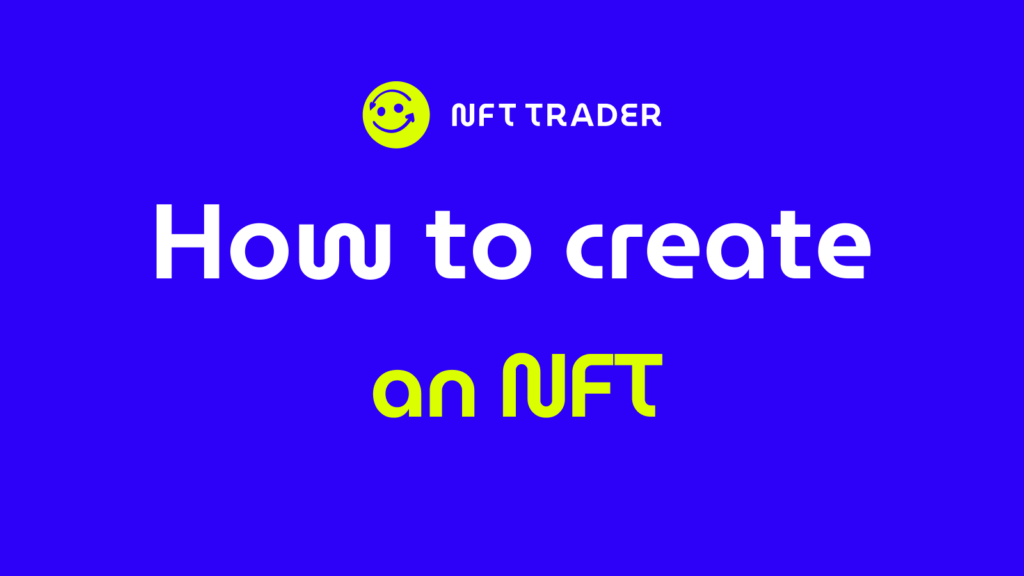Capitalizing on NFTs: a strategic approach to selling your NFTs successfully

Summary:
- Understanding the NFT Market Landscape
- Practical Considerations in Selling NFTs
- Choosing the Sale Method
- Selling on Multiple Platforms
- Marketing and Promotion
- Secondary Sales and Royalties
Understanding the NFT Market Landscape
Current Trends and Shifts
Understanding the NFT (Non-Fungible Token) market landscape involves grasping the dynamic and evolving ecosystem of digital ownership and creativity. As of my last update in September 2021, the NFT market was marked by a surge in interest, driven by its revolutionary concept of tokenizing unique digital assets on the blockchain. This encompassed a wide range of items, including digital art, collectibles, virtual real estate, and even music albums. High-profile artists, musicians, and celebrities began embracing NFTs to directly monetize their digital creations, leading to skyrocketing prices for certain pieces. However, the market also witnessed fluctuations, with concerns about environmental impact due to energy-intensive blockchain networks and questions about the long-term value of certain NFTs. The landscape is characterized by rapid technological advancements, evolving regulations, and shifts in investor sentiment. Staying up-to-date with current trends and shifts is crucial to navigate this innovative yet volatile market effectively. It’s recommended to research the latest developments since my last update to gain a comprehensive understanding of the present NFT market landscape.
Pricing and Valuing NFT Assets
Pricing NFTs (Non-Fungible Tokens) requires a delicate balance between factors such as the creator’s reputation, rarity of the digital asset, and current market trends. While there’s no one-size-fits-all approach, several tools and resources can aid in this process. Online platforms like Rarible, and Nifty Gateway provide insights into recent NFT sales, allowing creators to gauge comparable prices for similar items. Cryptocurrency market data sites such as CoinGecko or CoinMarketCap can provide information about the value of cryptocurrencies often used for NFT transactions, aiding in the decision-making process. Additionally, analyzing the creator’s social media engagement, previous sales history, and collaborations can help determine a reasonable price point. Collaborating with NFT-focused experts or consultants can provide valuable insights, especially for newcomers. Remember that the NFT market is evolving, and prices can fluctuate rapidly. Regularly monitoring market trends and adjusting pricing strategies accordingly is essential for success in this innovative and dynamic ecosystem.
Market Sentiments
The direction of this emerging ecosystem is significantly influenced by the sentiments within the NFT market and the insights gained from its community. The community, comprised of artists, collectors and enthusiasts, is an integral part of the NFT landscape. Market sentiments often oscillate between enthusiasm and caution, influenced by factors like celebrity endorsements, major sales, technological developments, and environmental concerns related to blockchain energy consumption. Social media platforms, online forums, and Discord channels have become hubs for community discussions, sharing insights, and staying updated on the latest trends. Collaborative projects, such as generative art drops and virtual exhibitions, foster a sense of camaraderie among NFT enthusiasts. Engaging with the community can provide valuable insights into emerging trends, potential investment opportunities, and shifts in creative preferences. However, community sentiments are also sensitive to issues like plagiarism, authenticity, and inclusivity, prompting ongoing discussions about ethical practices within the space. Navigating the NFT market effectively requires a deep understanding of these community dynamics, as they not only reflect current trends but also influence the future trajectory of this innovative digital landscape.
Practical Considerations in Selling NFTs
Choosing a Digital Wallet
Selecting a digital wallet is a crucial step in navigating the world of cryptocurrencies and NFTs. A digital wallet serves as your gateway to securely store, manage, and transact with your digital assets. When choosing a wallet, consider factors like security features, compatibility with the specific blockchain networks you intend to use (such as Ethereum for NFTs), ease of use, and the variety of cryptocurrencies supported. Hardware wallets provide enhanced security by keeping your private keys offline, while software wallets offer convenience for daily transactions. Popular options like MetaMask, Trust Wallet, and Ledger offer user-friendly interfaces and support for multiple tokens. It’s advisable to research each wallet’s reputation, read user reviews, and ensure that it aligns with your needs and level of experience. As the digital wallet is the cornerstone of your crypto and NFT journey, taking the time to make an informed decision will contribute to a smoother and more secure experience.
Adding Cryptocurrency to Your Wallet
Adding cryptocurrency to your wallet is a fundamental process in the world of digital assets. Once you’ve selected a suitable wallet, the first step is to create an account or access your existing one. You’ll be provided with a unique wallet address, a cryptographic string of characters, which serves as the destination for incoming funds. To add cryptocurrency, initiate a transfer from an exchange or another wallet by inputting this address. It’s crucial to double-check the address to prevent errors, as transactions to incorrect addresses are irreversible. Depending on the blockchain network, the transfer might take some time to confirm. Once confirmed, the cryptocurrency will appear in your wallet, visible through your balance. Always adhere to recommended security practices, such as enabling two-factor authentication and keeping your private keys offline, to ensure the safety of your digital holdings. Whether you’re acquiring cryptocurrency for investment or trading, understanding this process is essential for effectively managing your digital wealth.
Connecting to an NFT Marketplace
Connecting to an NFT marketplace is a pivotal step for those entering the NFT space, with several factors to consider before diving in. Firstly, ensure that the marketplace supports the blockchain networks you intend to use, such as Ethereum, Binance Smart Chain, or others, as each NFT operates on a specific network. Evaluating the marketplace’s liquidity and trading volume is vital, as higher activity levels generally indicate a vibrant marketplace with increased chances of successful trades. Additionally, be attentive to trading fees, which can vary widely and impact your profits. Some platforms charge fees for listing, selling, and transferring NFTs, so comprehending the fee structure before engaging is essential. User interface and experience should also be assessed, as an intuitive platform can streamline your trading journey. Research the marketplace’s reputation and security measures, considering features like two-factor authentication and secure wallets for added protection. By thoughtfully evaluating these factors, you can choose an NFT marketplace that aligns with your goals and ensures a seamless and secure trading experience.
Uploading and Setting Up Your NFT Listing
Uploading and setting up your NFT listing is a pivotal process in the journey of minting and selling your digital assets. Begin by creating a digital representation of your artwork or collectible in the desired file format, adhering to the platform’s specifications for quality and size. Then, mint your NFT, a process that involves generating a unique token on the blockchain and attaching it to your digital creation. While minting, you’ll define details such as title, description, and any additional attributes that provide value to your NFT. Include pertinent information about the piece’s inspiration, creation process, and its significance to potential buyers. Adding high-quality images or videos can enhance the appeal of your listing. Additionally, consider setting a price denominated in cryptocurrency, either in stablecoins or more established cryptocurrencies. Be mindful of pricing strategies to attract potential buyers while reflecting the value of your creation. Before finalizing, review all information carefully and ensure the accuracy of your listing, as blockchain transactions are immutable. This meticulous process ensures that your NFT listing stands out and effectively communicates the uniqueness and value of your digital creation to the broader NFT marketplace.

Choosing the Sale Method
Choosing the sale method is a pivotal decision when listing your NFT, offering various avenues to engage potential buyers. Two common approaches are fixed-price sales and auctions. Opting for a fixed-price sale provides a straightforward transaction, where you set a specific price for your NFT, allowing buyers to purchase it instantly. This method offers predictability and clarity in terms of earnings. On the other hand, auctions inject an element of excitement and competition. Setting a starting bid and a duration for the auction encourages potential buyers to place increasingly higher bids, potentially leading to a higher final selling price. Auctions can generate buzz and drive engagement, but they also carry the risk of not reaching your desired price. Some platforms even allow for reserve prices, ensuring your NFT won’t sell below a specific threshold. Deciding between these methods depends on your goals, the demand for your NFT, and the level of engagement you wish to cultivate. It’s essential to understand the dynamics of each approach and consider your target audience when determining the best sale method for your NFT listing.
Managing Fees and Listing Details
Effectively handling fees and fine-tuning listing particulars is a crucial element in skillfully navigating the NFT marketplace. While listing your NFT, be mindful of the associated platform fees, which can include listing fees, transaction fees, and potential royalties that go to the original creator each time the NFT is resold. These fees can impact your profitability, so it’s essential to factor them into your pricing strategy. Pay close attention to listing details such as title, description, and metadata, as these elements contribute to the overall appeal of your NFT. Well-crafted descriptions that provide insight into the creation process or artistic inspiration can engage potential buyers and help differentiate your listing from others. Adding accurate and appealing metadata, including tags and attributes, enhances discoverability within the platform’s search and recommendation algorithms. Regularly monitoring and updating your listing details to reflect any changes or updates is crucial for maintaining the visibility and relevance of your NFT in the dynamic marketplace.
Selling on Multiple Platforms
Selling on multiple platforms presents an intriguing opportunity in the NFT landscape, but it also brings forth a set of intricate considerations. While the prospect of reaching a broader audience and increasing exposure for your NFT is enticing, there are both legal and technical aspects to weigh. Legally, certain exclusive agreements or terms of service on a platform might restrict you from simultaneously listing the same NFT elsewhere. It’s imperative to thoroughly review the terms and policies of each platform to avoid potential violations. From a technical perspective, NFTs are usually minted on a specific blockchain, tying them to that network’s unique standards and attributes. If listing on different platforms, you need to ensure compatibility with each platform’s blockchain and adhere to any required modifications. Additionally, you must manage your inventory effectively to prevent accidental overselling or confusion among potential buyers. Open communication with buyers about your intentions to list the same NFT on multiple platforms is essential to maintain transparency and trust. Selling on multiple platforms can broaden your reach, but meticulous planning, legal awareness, and technical proficiency are vital to navigate this path effectively while ensuring compliance with platform regulations and maintaining the integrity of your NFT listings.
Marketing and Promotion
Social Media Strategies
Crafting effective social media strategies is paramount when promoting NFTs, involving the strategic utilization of various platforms to maximize visibility and engagement. Each social media platform offers a distinct avenue to connect with potential buyers, collectors, and enthusiasts. Utilize visually engaging platforms like Instagram to showcase your NFTs through eye-catching images or short videos. Twitter can serve as a dynamic space to share updates, behind-the-scenes insights, and engage in conversations within the NFT community using relevant hashtags. LinkedIn, although less conventional, could be leveraged to reach professionals interested in the art and technology crossover. Additionally, platforms like Discord and Clubhouse offer real-time interaction through audio conversations and chat rooms, fostering a sense of community and facilitating direct engagement with your audience. Crafting compelling and informative content that highlights the uniqueness of your NFTs, your creative process, and your involvement in the NFT community can effectively build interest and trust. Consistency in posting, responding to comments, and actively participating in relevant discussions can help you establish a strong online presence, fostering connections that resonate with potential buyers and enhancing the success of your NFT ventures.
Influencer Partnerships
Engaging in influencer partnerships presents a valuable avenue for expanding the exposure of NFTs, tapping into the reach and influence of established personalities. Collaborating with influencers within the NFT and art communities can provide a significant boost in visibility, as these figures often possess a dedicated and engaged following that shares their interests. The authenticity and credibility of influencers can lend credibility to your NFT offerings, potentially driving interest from their followers. When seeking influencer collaborations, it’s essential to align with individuals whose values and interests align with your NFTs to ensure a genuine connection. Influencers can introduce your NFTs through various mediums, such as dedicated posts, live streams, or even exclusive collaborations. Transparent communication about the partnership, the NFTs’ value, and their uniqueness is crucial to maintain trust among the influencer’s audience. Leveraging the influencer’s creativity and reach can result in heightened engagement, broader visibility, and increased potential for successful NFT sales.
Email Marketing
Harnessing the power of email marketing involves employing tailored email campaigns to drive targeted promotions for NFTs. Email campaigns provide a direct and personalized way to connect with your audience, offering them exclusive insights into your NFT offerings, updates, and special deals. By segmenting your email list based on subscriber preferences and behaviors, you can ensure that your messages resonate with recipients. Craft compelling subject lines and engaging content that highlights the uniqueness and value of your NFTs, including captivating visuals and concise descriptions. Providing incentives like early access or limited-time offers can incentivize recipients to take action. Regular newsletters can keep your audience informed about your latest creations, collaborations, and achievements in the NFT space. It’s important to strike a balance between promotional content and meaningful engagement, fostering a sense of community and trust. Leveraging email marketing not only enables you to showcase your NFTs but also cultivates a direct connection with your audience, ultimately driving engagement and conversions within the vibrant NFT ecosystem.
Secondary Sales and Royalties
Secondary sales and royalties play a significant role in the ongoing journey of NFT ownership and creation. Leveraging secondary sales involves profiting from the resale of your NFTs as they change hands between buyers. Some NFT platforms incorporate royalties, a percentage of the resale price that goes back to the original creator. This creates a sense of ongoing engagement and financial benefit for creators even after the initial sale. Understanding royalties is crucial, as they not only provide creators with a source of income but also foster a sense of fairness and collaboration within the NFT ecosystem. Creators can choose the percentage of royalties they wish to receive, and platforms enforce these terms through smart contracts. For buyers, secondary sales offer an opportunity of increasing value of certain NFTs. As the NFT market evolves, establishing a comprehensive understanding of secondary sales and royalties enables creators to forge sustainable revenue streams and reinforces the principle of valuing digital art and innovation over time.



